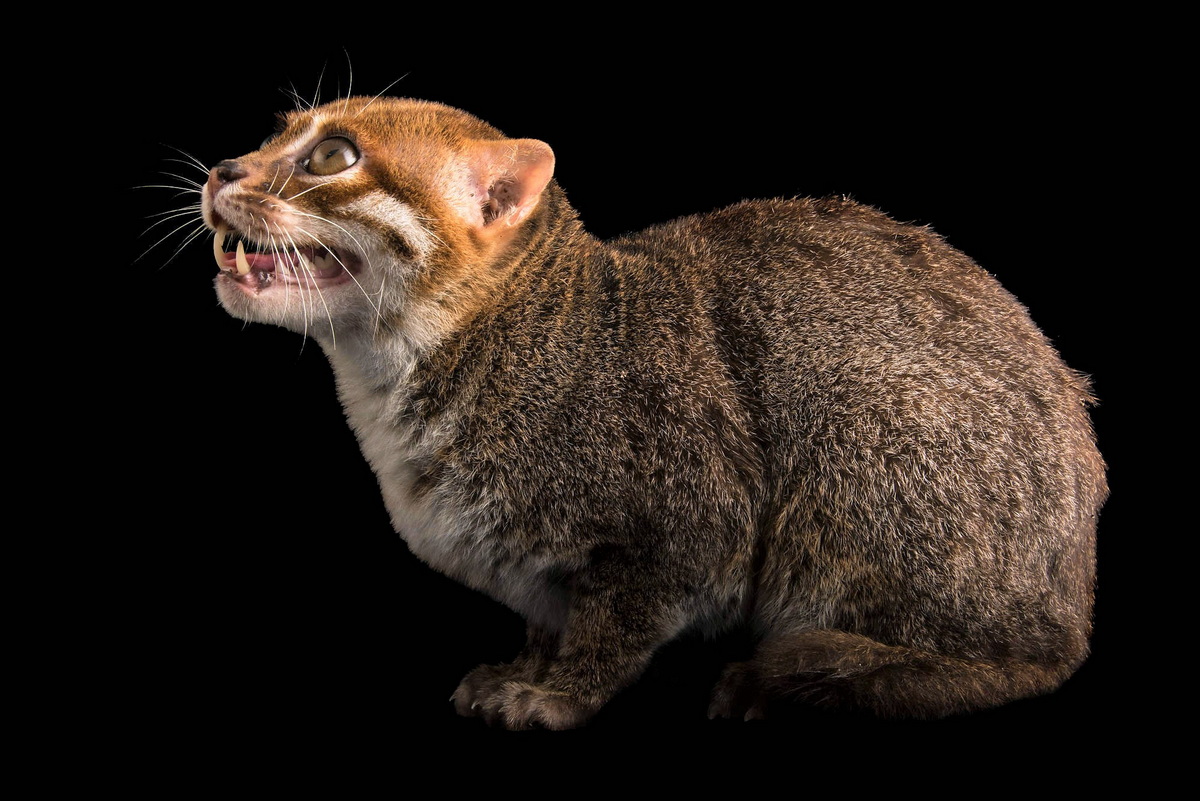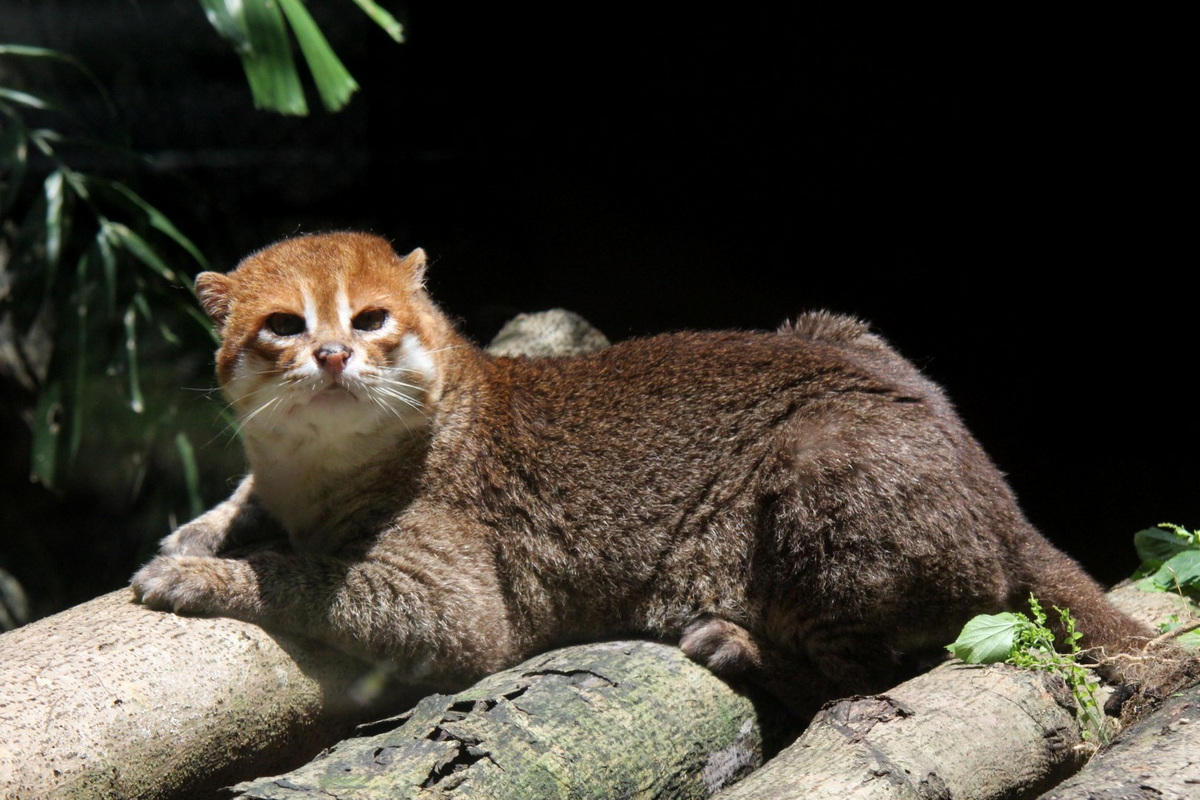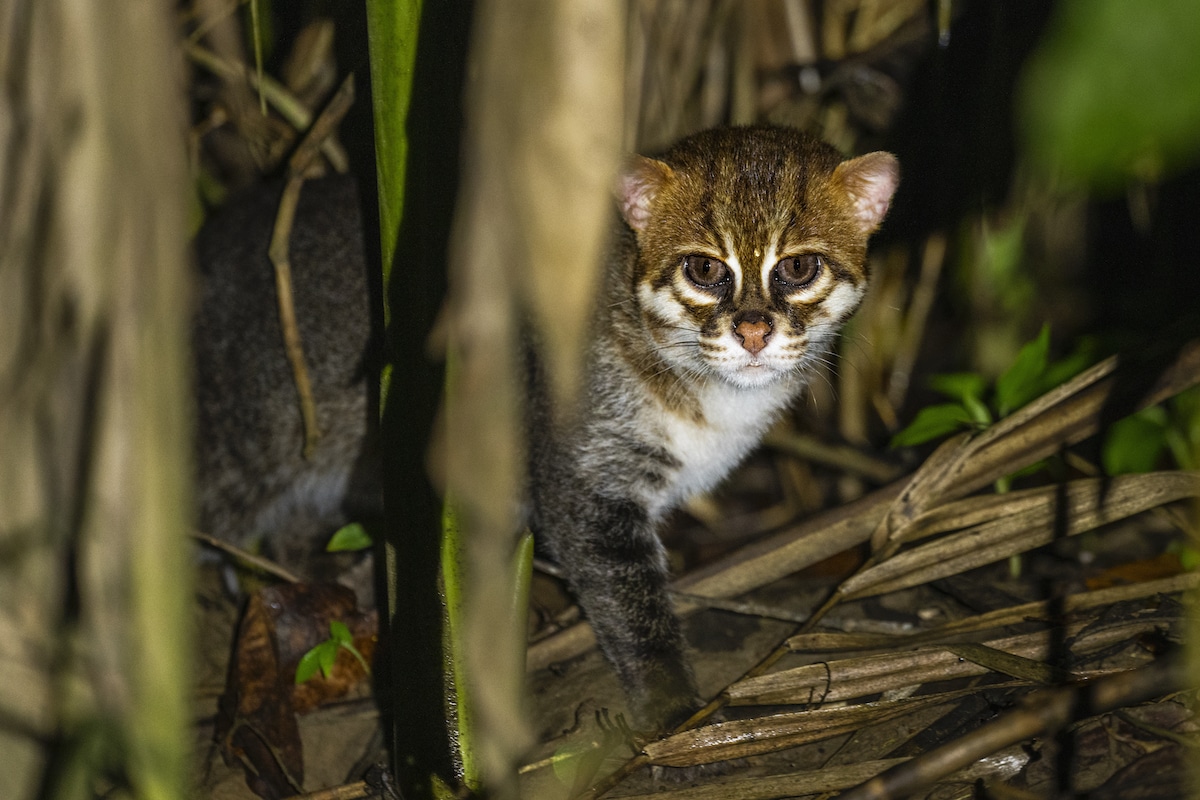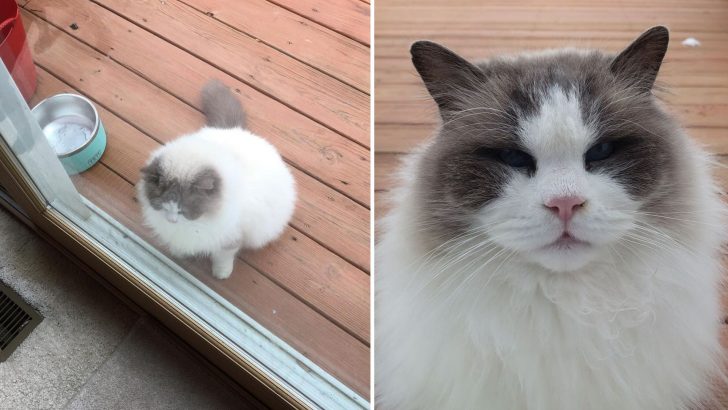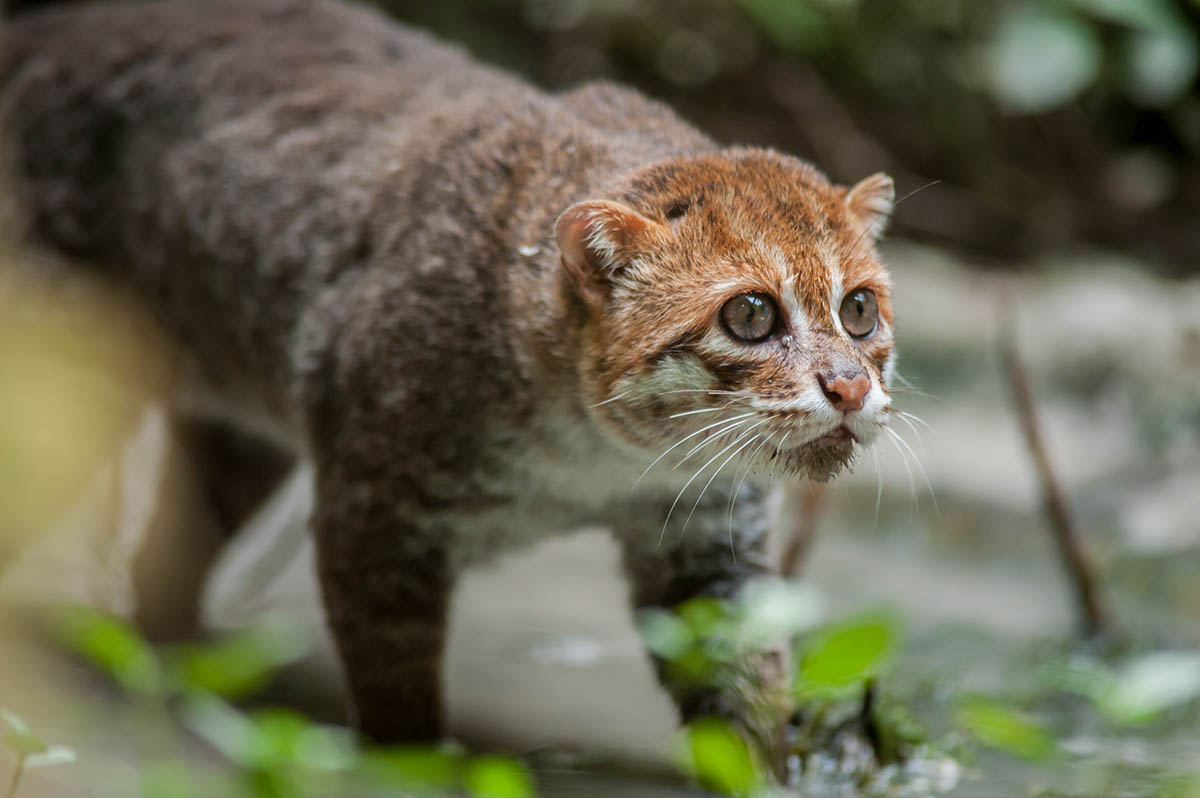
The flat-headed cat (Prionailurus planiceps), distributed across the Malay Peninsula, Borneo, and Sumatra, stands out as one of the most unique members of the feline family. As one of the smallest wild cat species, adult flat-headed cats exhibit a head and body length ranging from 41-50 cm, with a weight of 1.5-2.5 kg, complemented by a tail length of 13-15 cm.
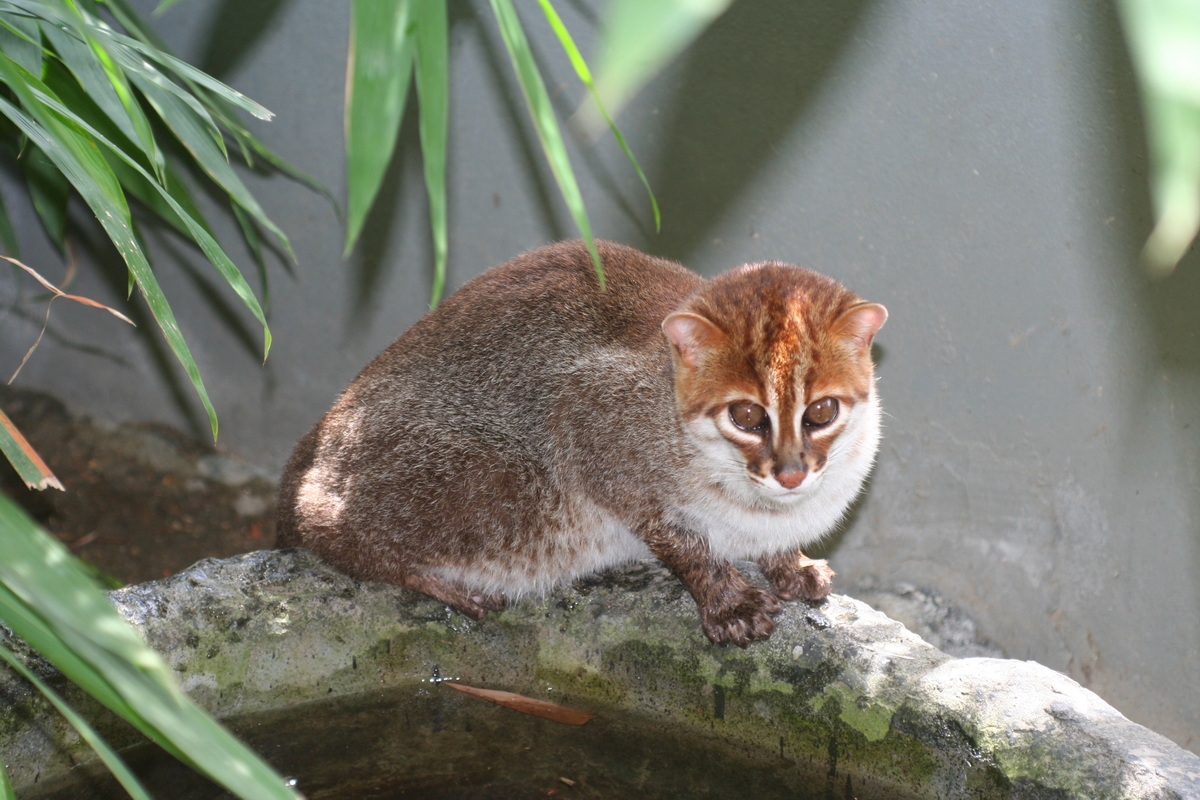
A defining biological feature of the flat-headed cat is its distinctive low, flat skull, expanding on both sides along the nose to the tip of the muzzle, showcasing an unusual facial structure. The body is slender, adorned with long limbs, and compared to domestic cats, they possess longer heads, with a relatively large distance between their eyes and ears.
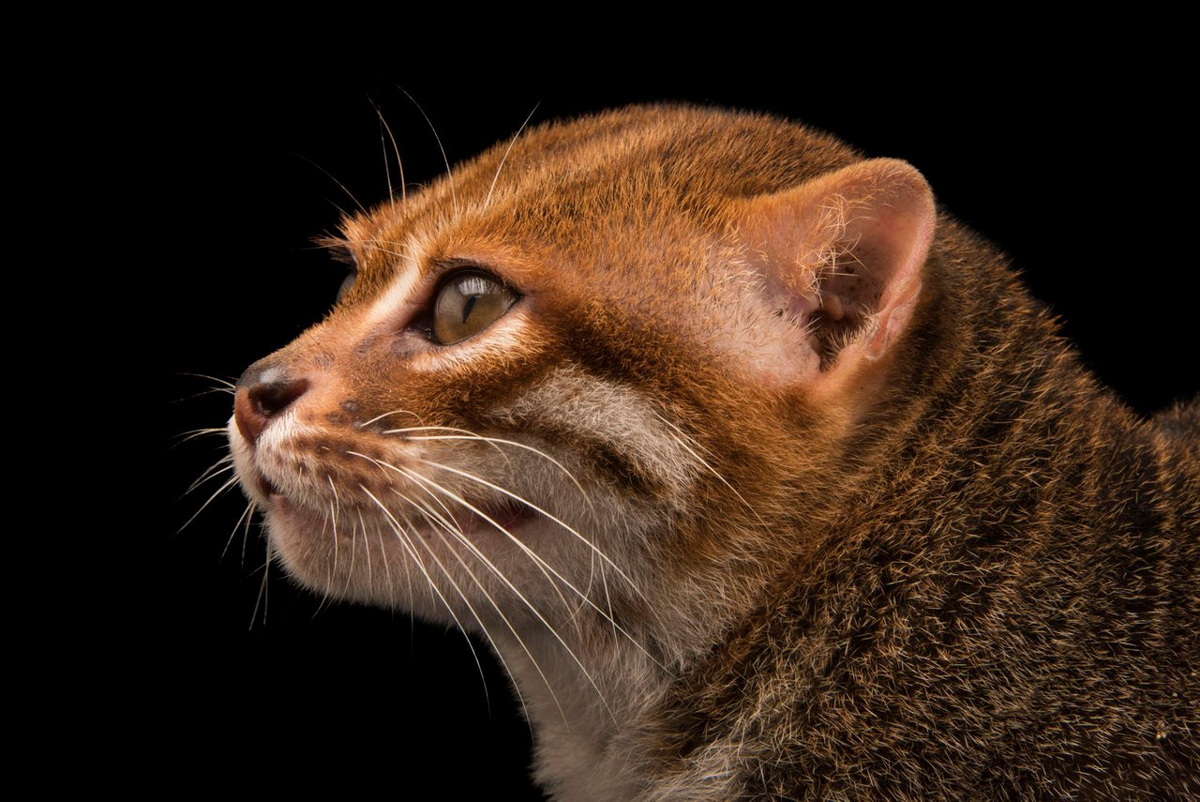
The fur of the flat-headed cat is characterized by reddish-brown coloration on the head’s top, dark brown on the body, and white spots on the underside of the belly. The face exhibits a lighter hue than the body, with a white nose and chin. Notably, two white stripes run on either side of the nose between the eyes.
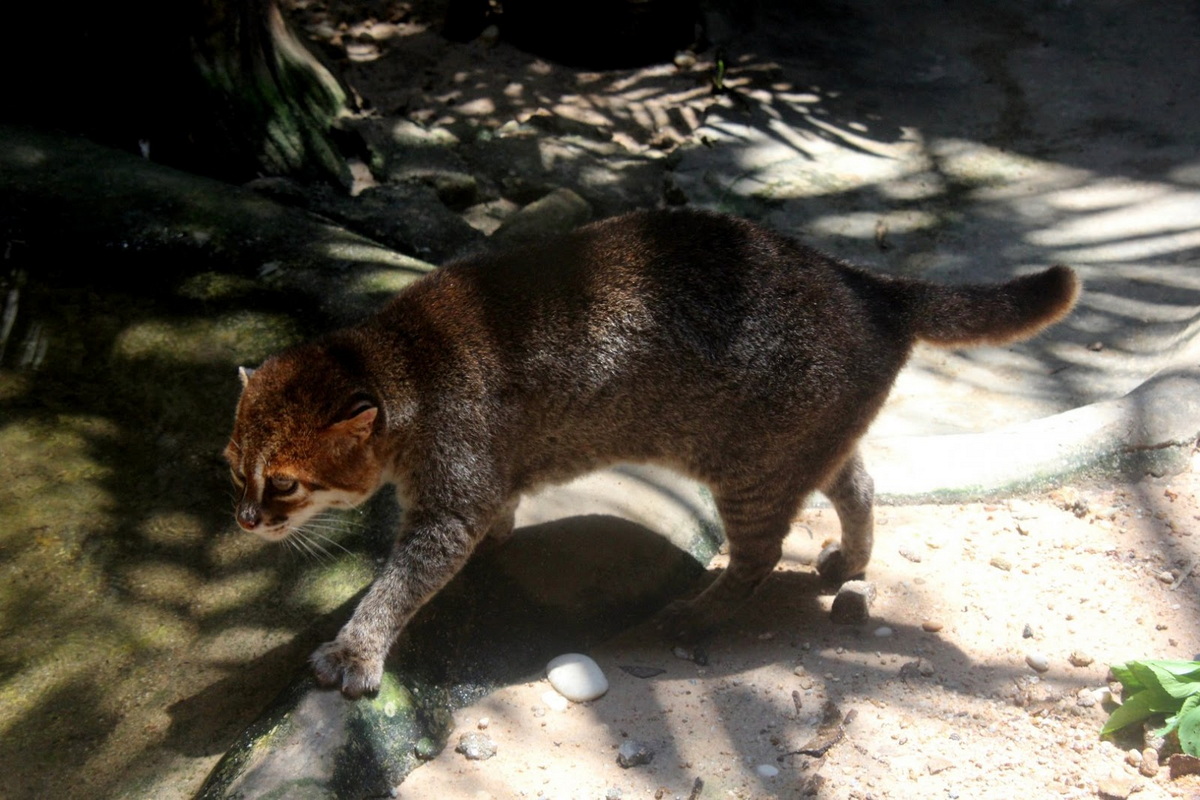
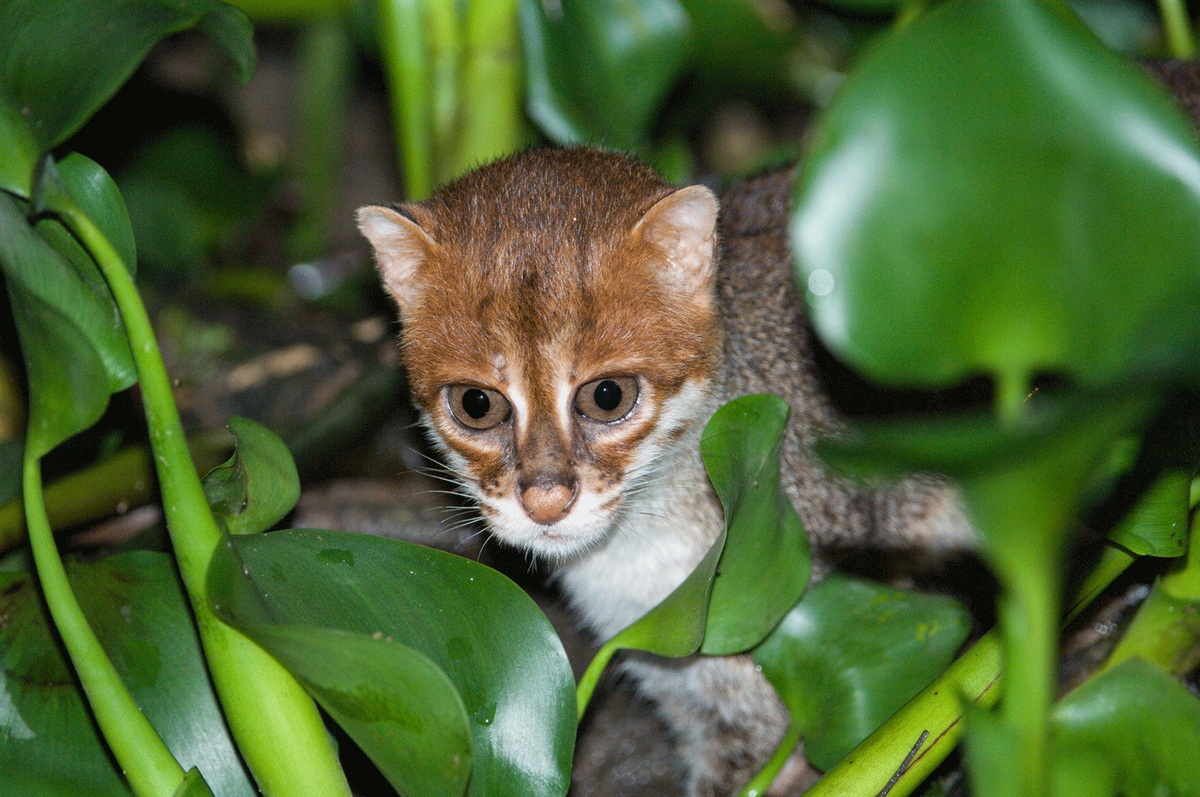
The flat-headed cat’s distinct appearance and specialized adaptations reflect its remarkable evolution for survival in specific environments, making it a truly fascinating member of the feline family.
